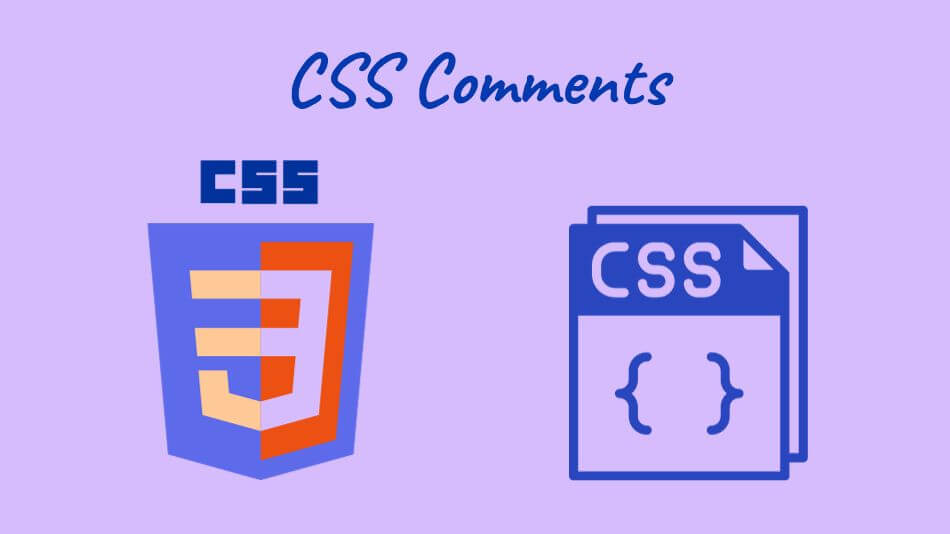Introduction: CSS Comments

CSS, or Cascading Style Sheets, is a cornerstone technology of the web, used for styling the visual presentation of web pages. One often overlooked feature of CSS is the ability to add comments.
Comments in CSS are not just placeholders for unused code or reminders for developers; they play a crucial role in making the code more readable, maintainable, and collaborative.
This article will explore the various facets of comments in CSS, their importance, and best practices.
Understanding Comments CSS
What are CSS Comments?
CSS comments are non-executing lines or blocks of text within your CSS code. These comments are ignored by the browser, meaning they do not affect the styling of your web page.
They are primarily used for adding explanatory notes, instructions, or any relevant information about the code.
Syntax of CSS Comments
Understanding the syntax of comments in CSS is straightforward. A CSS comment begins with /* and ends with */. Everything between these markers is considered a comment.
Why are Comments Important?
Comments in CSS serve multiple purposes:
- Documentation: They act as documentation for your code, explaining the purpose of specific style rules.
- Code Management: Comments help manage large CSS files by allowing you to section off different parts of the code.
- Team Collaboration: In a team environment, comments are crucial for communication between developers.
Best Practices for Using Comments in CSS
When to Use Comments
Knowing when to comment is as important as knowing how to comment. Here are some situations where comments are beneficial:
- Complex Code: When your CSS contains complex or unconventional code.
- Work in Progress: Indicating parts of the code that are incomplete or require revisiting.
- Template or Framework Usage: Explain customisation or deviations when using templates or frameworks.
How to Write Effective Comments
To make the most out of comments in CSS, follow these tips:
- Be Concise: Keep your comments brief but informative.
- Stay Relevant: Ensure that your comments relate to the code they accompany.
- Regular Updates: Update your comments as you update your code to avoid confusion.
Advanced Techniques in CSS Commenting
Using Comments for Debugging
One advanced technique is using comments to quickly disable sections of CSS during debugging. This allows you to isolate and identify problematic code efficiently.
Structuring Comments for Better Readability
Well-structured comments enhance the readability of your CSS files. Here are some tips:
- Use Headings: Employ comments as headings for different sections of your code.
- Indentation: Align comments with the code they describe.
- Consistent Formatting: Maintain a consistent commenting style throughout your codebase.
The Role of Comments in Responsive Design
Media Queries and Comments
In responsive design, comments can clarify the purpose of specific media queries, making it easier to understand the responsive behavior of your web page.
Frequently Asked Questions: CSS Comments

What is the purpose of comments in CSS?
Comments in CSS are used for adding explanatory notes, instructions, or any relevant information about the code. They help enhance CSS files’ readability, maintainability, and collaborative aspects.
How do you write a comment in CSS?
A comment in CSS is written between /* and */. Everything within these markers is considered a comment and is ignored by the browser. For example, /* This is a CSS comment */.
Can comments in CSS affect website performance?
No, comments in CSS do not affect the performance of a website. They are ignored by the browser and do not impact the rendering of the webpage.
Is it a good practice to leave commented-out code in CSS files?
Leaving commented-out code in CSS files can be helpful temporarily during development; removing such code before the final deployment is generally recommended to keep the CSS clean and maintainable.
How can comments be used in responsive design with CSS?
Comments in CSS can be beneficial in responsive design to explain the purpose and function of specific media queries. This helps understand and maintain the code for different screen sizes and devices.
Should comments be used to explain obvious code?
It’s usually unnecessary to comment on straightforward or self-explanatory code. Comments should be reserved for explaining the CSS’s complex or less obvious parts.
Can CSS comments be used for documentation purposes?
Yes, CSS comments are excellent for documentation purposes, providing context and explanations for future reference, especially in collaborative environments or for personal reminders.
Conclusion: CSS Comments

The importance of clean, maintainable, and understandable code in web development cannot be overstated. Comments in CSS play a pivotal role in achieving these goals.
By effectively using comments, developers can not only make their code more accessible to others (and to their future selves) but also streamline the development process, enhance collaboration, and ensure a higher quality of the final product.
While comments are a small part of CSS syntax, their impact on the quality of web development work is significant. As you continue developing your CSS skills, remember to incorporate thoughtful and effective commenting practices to elevate your code.
